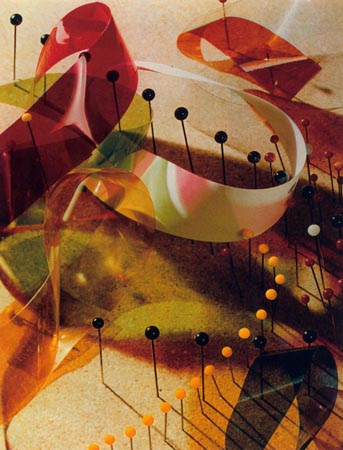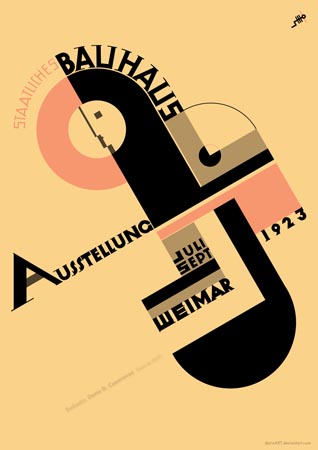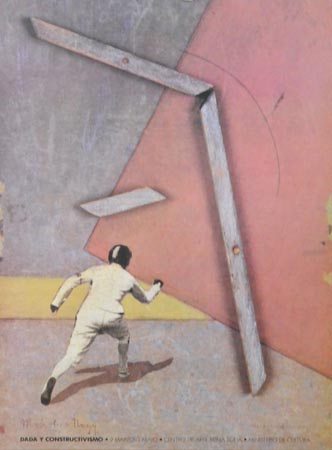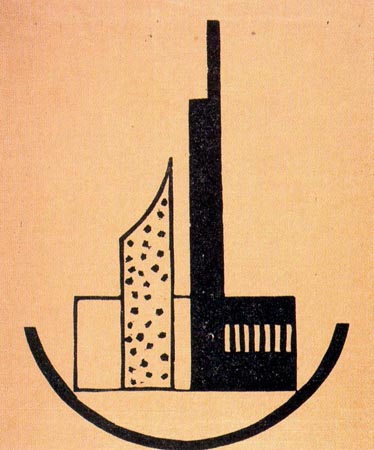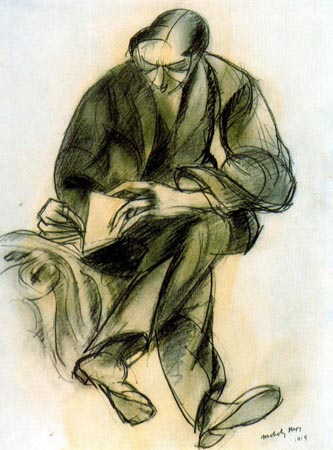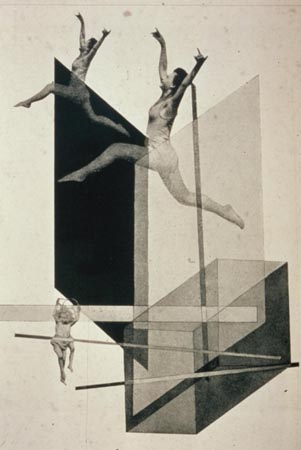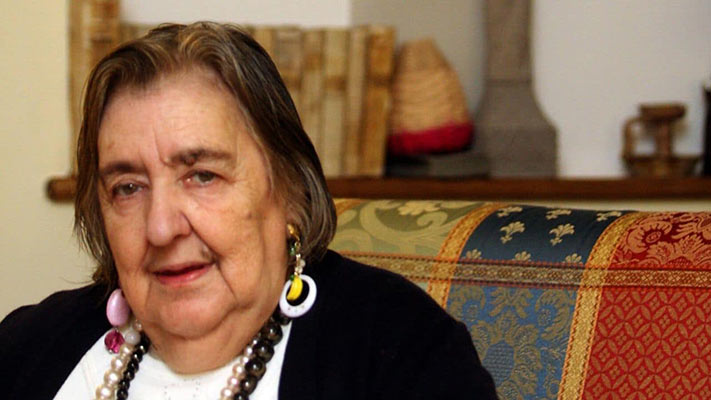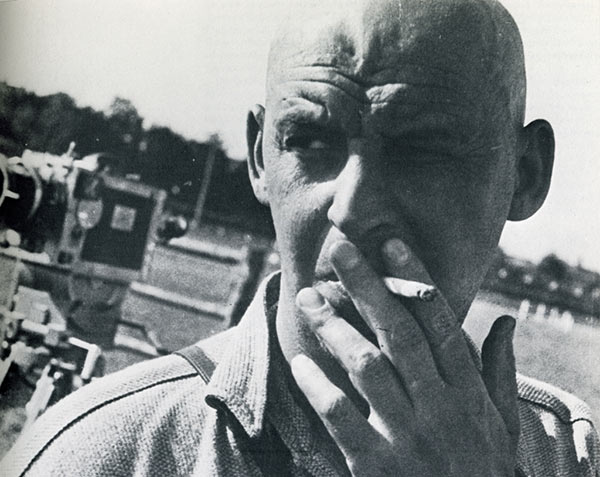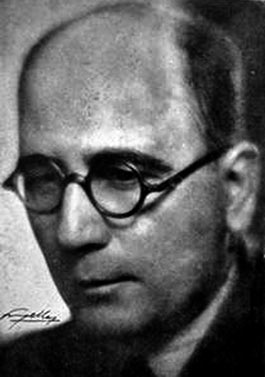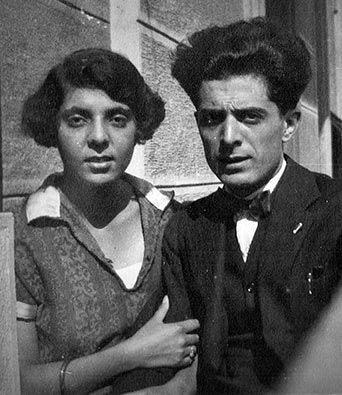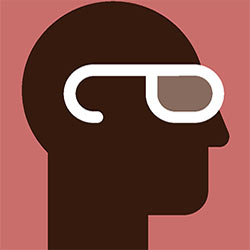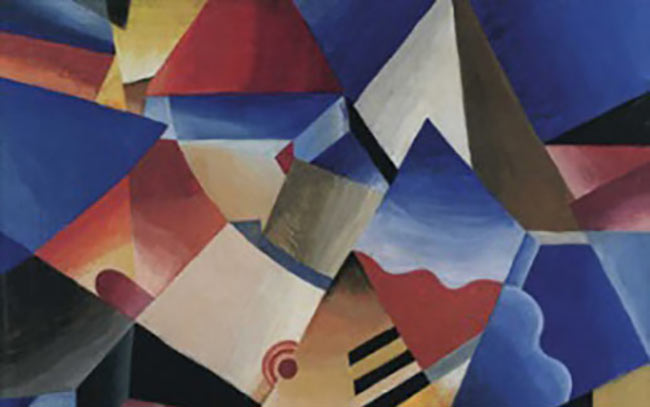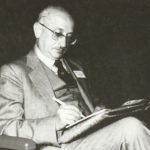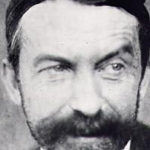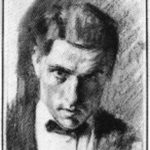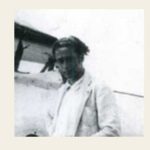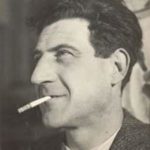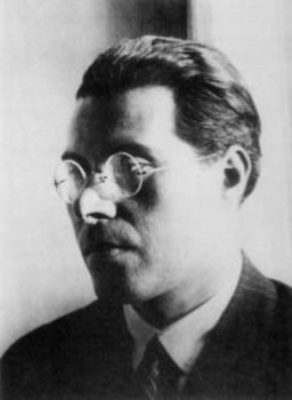
Moholy-Nagy László
(English)
Bácsborsod, 1895-Chicago, 1946. The Hungarian-born painter László Moholy-Nagy was a leading figure in twentieth-century art for his experiments with light and time, which were widely disseminated through his work as an educator first in Europe and later in the United States. Moholy-Nagy discovered painting after being wounded in the First World War and from this point onwards experimented unceasingly with all kinds of artistic genres. He was especially interested in phenomena of light, which he studied in his photograms and films.
During his youth in Budapest, Moholy-Nagy frequented the company of the group of artists connected with the MA magazine, as a result of which his compositions adopted Cubist and Futurist forms. In 1919 he fled his country following the fall of the short-lived Conciliar Republic, and took up residence in Berlin after spending a few weeks in Vienna. There he met Kurt Schwitters and other Dadaists, as well as representatives of the Russian avant-gardes and the artists of De Stijl, in whose magazine he published an article in 1921. The intense creative activity of Berlin was reflected in his new abstract compositions, collages and photomontages. The gallery Der Sturm exhibited his work in various German cities during 1922 and in 1923 he became involved with the Weimar Bauhaus, where he began to work as a lecturer. He remained there until 1928, moving to Dessau with the school in 1925. In this period he combined teaching and writing with designing everyday objects and photography.
The new political situation triggered by the rise to power of the National Socialist party drove Moholy-Nagy to move to London in 1935 and to Chicago in 1937. There he had the opportunity to become the director of the New Bauhaus, which opened at the end of the year. In 1939 he established a new centre, the School of Design, with the teaching staff from the New Bauhaus. After being granted university status, it came to be called the Institute of Design in 1944.
(Spanish)
Bácsborsard 1895 – Chicago 1946, fue un fotógrafo y pintor húngaro. Ha pasado a la historia como uno de los más importantes profesores y teóricos del arte y de la fotografía desde su trabajo en la Escuela de la Bauhaus alemana. Durante su labor en ella estuvo acompañado de su mujer, Lucia Moholy (nacida Schulz), a la que había conocido anteriormente en Berlín y que era una discreta pero excelente fotógrafa.
La pareja experimentó al máximo la fotografía y realizaron interesantes fotogramas, los cuales datan de 1922 y alcanzaron la fama.
Su publicación “Pintura, Fotografía, Film”, aparecida en 1925, constituye el octavo volumen de los “Libros de la Bauhaus” y es uno de los principales pilares de la fotografía. En este volumen, Moholy-Nagy establecía una relación entre la pintura y la fotografía. El artista clasificaba la pintura como un medio para dar forma al color, mientras que la fotografía servía de instrumento de investigación y la exposición del fenómeno luz.
Asimismo, en 1922 y 1930, Moholy-Nagy trabajó en un Modulador luz-espacio, que consiste en una serie de planos metálicos perforados que producen efectos de luces y sombras. Por medio de un motor, en este método se realiza una asociación de formas de diferentes materiales, que son iluminadas para que provoque un efecto de sombreado concreto. Moholy-Nagy hace chocar estas formas a través de un movimiento continuo. Este trabajo repercutió decisivamente en su vinculación con la escultura y con las investigaciones fotográficas del momento.
En el 1937, Moholy-Nagy emigró a Chicago donde se puso al frente de una escuela de diseño a la que llamó “Nuevo Bauhaus”. Pero la iniciativa no prosperó y Moholy-Nagy cerró las puertas de su escuela solo un año más tarde. Aun así, un par de años después, el artista húngaro fundó otra escuela, esta vez en colaboración con otros artistas.
Moholy-Nagy murió de leucemia en Chicago el 24 de noviembre de 1946.
